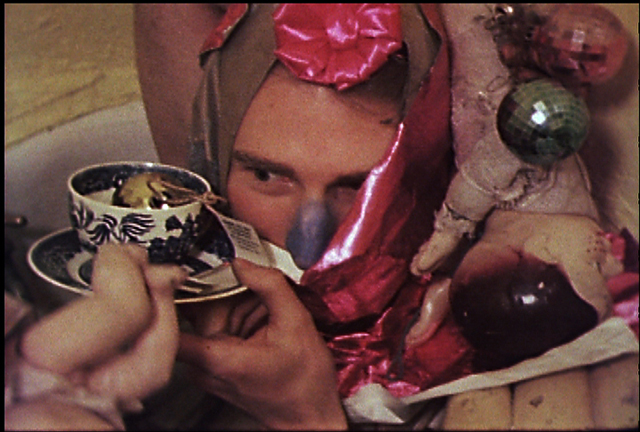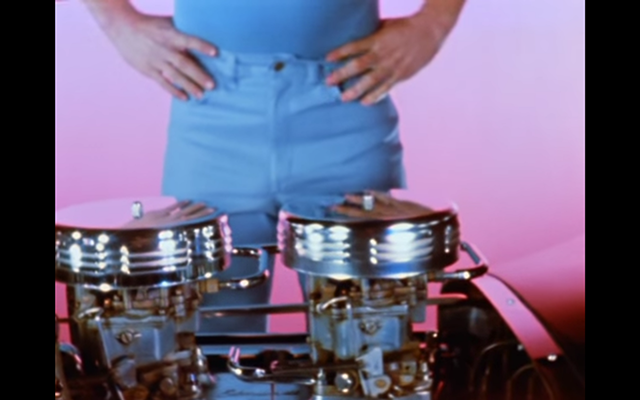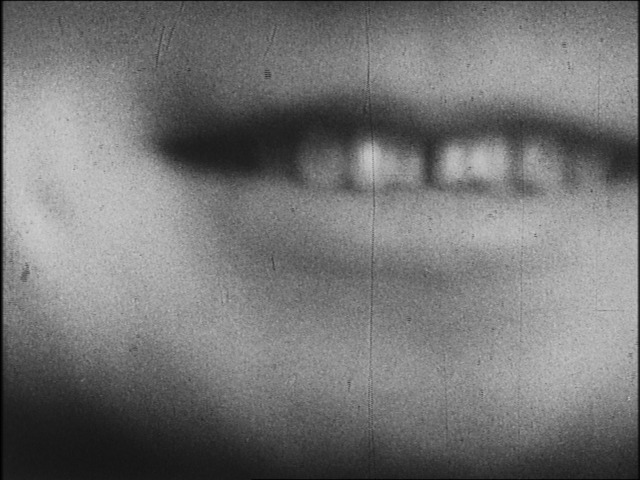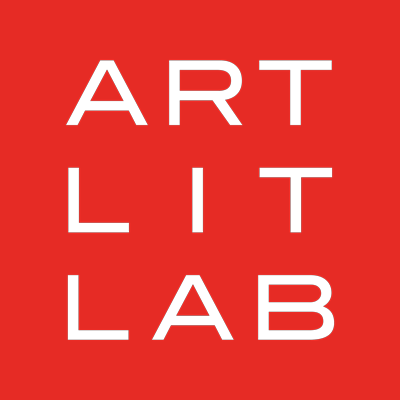Join us for the Underground Films, Underground series, presented by Mills Folly Microcinema at maiahaus (402 East Mifflin Street).
In June, Mills Folly Microcinema will present three screenings of Underground Films, Underground, a survey of historical expermental films projected on 16mm prints at a special location. The series is programmed by Erik Gunneson and James Kreul.
Underground Films, Underground 1964 will screen at maiahaus (402 East Mifflin Street) on Thursday, June 27 at 7:30 p.m. Admission is $10, and due to limited seating tickets must be purchased in advance at https://www.brownpapertickets.com/event/4261446.
In her book Greenwich Village 1963, author Sally Banes argues that the 1960s as we know them began in 1963. To support her argument, she examines how the interdisciplinary, boundary defying art scene that emerged in New York City in the early 1960s anticipated the counter-cultural social shifts that occurred nationwide across the rest of the decade. These filmmakers traced one of those shifts in art making practices, from art-as-object to art-as-activity.

Little Stabs at Happiness | Ken Jacobs | 1963 | 15 minutes
Ken Jacobs began his artistic career studying painting with Abstract Expressionist Hans Hoffmann in the mid-1950s. He emerged as a filmmaker during the rise of “underground” filmmaking in New York City the 1960s, and his early works included Star Spangled to Death (began 1954, reworked through 2004) and Blonde Cobra (1963). His Tom, Tom the Piper’s Son (1969-71), a reworking and analysis of a 1905 film of the same name, was selected by the National Film Registry at the Library of Congress in 2007. In the 1970s, he devised a film projection system for his “Nervous System” film performances, which he performed well into the 2000s.
Several early Jacobs films feature appearances by the legendary Jack Smith (1932-1989), whose work anticipated developments in experimental theater and performance art. Smith would eventually create his own underground masterpiece, Flaming Creatures, in 1963. In the Village Voice, Jonas Mekas hailed the work of Jacobs, Smith and other underground filmmakers writing, “These movies are illuminating and open up sensibilities and experiences never before recorded in the American arts: a content which Beaudelaire, the Marquis de Sade and Rimbaud gave to world literature a century ago and which Burroughs gave American literature three years ago. It is a world of flowers of evil, of illuminations, of torn and tortured flesh; a poetry at once beautiful and terrible, good and evil, delicate and dirty."

Kustom Kar Kommandos | Kenneth Anger | 1965 | 5 minutes
Kenneth Anger’s work anticipated the rise of underground filmmaking with its fusion of pop culture and taboo homoeroticism, from Fireworks in 1947 through Scorpio Rising in 1963. By the mid-sixties, underground filmmaking began to receive mainstream attention and early stages of institutional support. In 1964, the Ford Foundation provided grants to twelve American independent filmmakers, including Jordan Belson, Bruce Conner, Helen Levitt, Ed Emshwiller, Stan VanDerBeek, and Anger.
Anger intended to use his grant to produce a feature-length film focusing on automobiles as fetish objects for American males. Only one three-minute sequence was ever completed and released, which became Kustom Kar Kommandos in 1965.

Fluxfilm Program (1970 Maciunas Edit) | 1962 | 40 minutes
A simple definition of Fluxus can be found at Wikipedia: “Fluxus was an international, interdisciplinary community of artists, composers, designers and poets during the 1960s and 1970s who engaged in experimental art performances which emphasized the artistic process over the finished product.” The notion of a “Fluxfilm” would seem to contradict this definition, as motion picture images are fixed into a finished product on the film emulsion. But by combining art-making activities in front of the camera with an awareness of the experience of watching motion pictures, Fluxus artists brought their interdisciplinary energies to filmmaking.
Fluxus guru George Maciunas (1931-1978) argued that Fluxus opened up the possibilities for cinema that were eventually explored by structural filmmaking in the late 1960s and early 1970s. In 1969, he composed a chart titled “Some comments on ‘Structural Film’ by P. Adams Sitney (Film Culture No. 47, 1969).” In it Maciunas rejects Sitney’s account of the origins of structural film (namely Andy Warhol), suggesting that many of the characteristics Sitney had identified in the trend could be traced to pre-Warhol Fluxfilms.
The complete Fluxfilm Anthology collection of existing Fluxfilms runs two hours. This 40-minute collection features some artists who would go on to make more films (Yoko Ono, Paul Sharits) as well as artists better known in other fields (composers George Brecht and Chieko Shiomi; conceptual artists Robert Watts, Eric Andersen and Albert Fine; and musicians John Cale and Joe Jones).

Christmas on Earth | Barbara Rubin | 1963 | 30 minutes
“A syllogism: Barbara Rubin has no shame; angels have no shame; Barbara Rubin is an angel.” —Jonas Mekas
Shortly after we programmed Christmas on Earth for this screening, critic J. Hoberman published a celebration of Barbara Rubin in The New York Review of Books, in which he discusses the upcoming documentary Barbara Rubin and the Exploding New York Underground, and an issue of Film Culture dedicated to “The Legend of Barbara Rubin.”
You might want to know everything that can be known about Barbara Rubin, or you might want to see her Christmas on Earth knowing only that she was still in her teens when she made the film between 1963 and 1965. You should also know that the film contains explicit sexual imagery, and is not appropriate for those who are offended by such things.
We will follow the spirit of her projection instructions: “The film remains on two reels (A and B), requiring two projectors, to be projected simultaneously at sound speed. The film on the first projector fills the screen, while the image on the second projector is approximately one half smaller and fills the middle of the screen, superimposing on the first image. . . To complete the cycle, a radio must be hooked up to a PA system, with a nice cross-section of psychic tumult like an AM rock station, turned on and played loud. Also (optional) color gels may be used in front of projector and moved and alternated by hand during the film. PLEASE PROJECT MY FILM IN THE IMAGE IN WHICH IT WAS CREATED– i.e. EXACTLY IN ACCORDANCE WITH THE PROJECTION INSTRUCTIONS!"
ABOUT MILLS FOLLY MICROCINEMA
Mills Folly Microcinema is programmed by James Kreul from Madison Film Forum. Mills Folly Microcinema showcases nationally recognized experimental film and video art work from the festival and microcinema circuit. We network with regional filmmakers and organizations to bring filmmakers and guest programmers to Madison for screenings. And we incubate local experimental filmmaking by providing screen time at at Project Projection events.
Mills Folly Microcinema is funded in part by a grant from the Madison Arts Commission, with additional funds from the Wisconsin Arts Board.
